Hong Kong is famous for its lack of space and frenetic rhythms, but in this
city there is still room for interactions?
Hong Kong is one of those urban settlements that probably represent the true
generic state of the contemporary city.
Most of the territory has become artificial, the urban fabric does not remain
stable for more than a short period of time. This type of city seems nothing
more than the coexistence of a certain number of buildings without relations
between them except that about proximities, an urban situation that can be
inhabited without too many problems. Within this different kind of spaces are
created and they can exist only in this type of urban reality.
The various types of spaces, as we know them, are redefined, reformulated and
mixed together, because there are no clear and distinct divisions between what
is public and what is private.
DATA RESEARCH
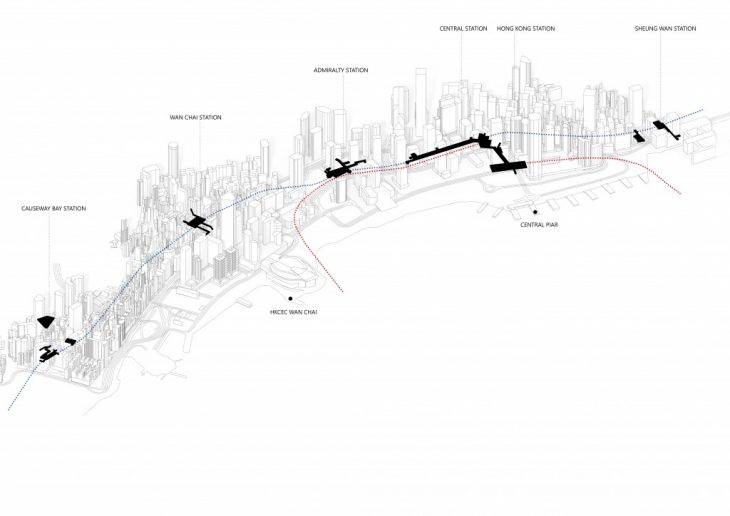
For analysis were chosen central districts of
Hong Kong island which are connected by subway and tram lines.
In order to understand and compare density of districts, ratios of the population to the area of each districts were found.
Land use diagram shows that offices and commercial buildings are prevailing, spatially in Chung Wun district.
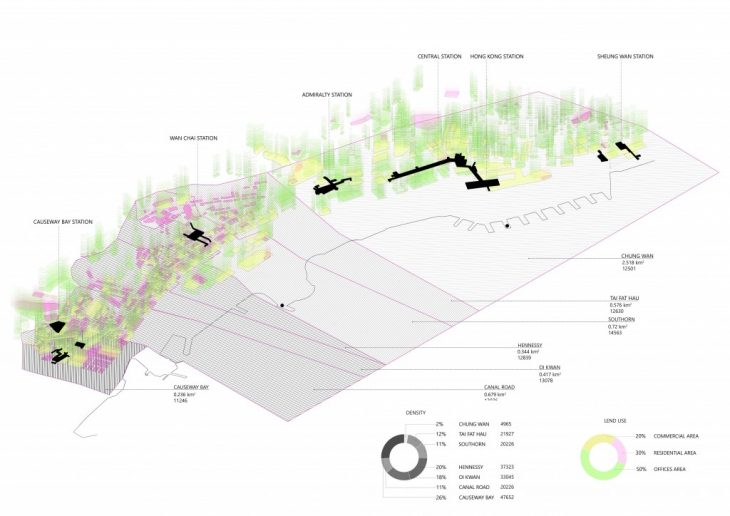
CATALOG
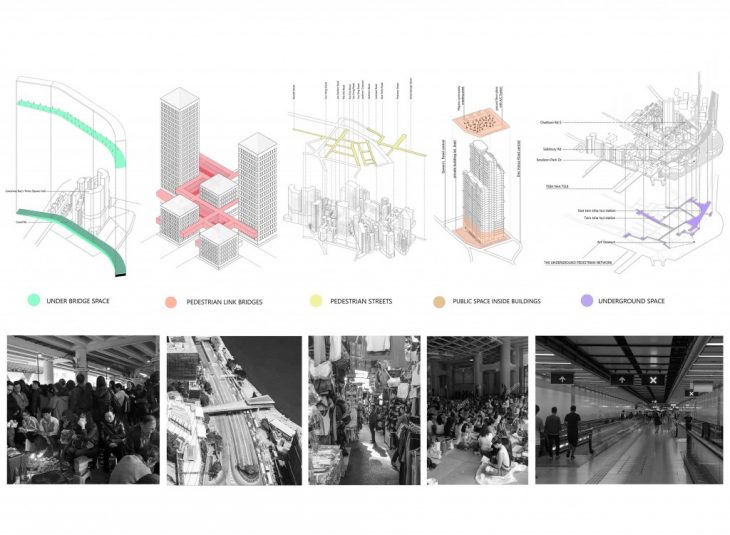
The Catalog of informal public space in Hong Kong.
The main focus of the research is to analyze the existed space
as a different types: under the bridge, pedestrian links bridges, pedestrian streets, public space inside buildings, underground space.
Applying these types to the analyzed territory, we can conclude that the informal space occupies a quite large part of the city, especially inside of the buildings – 46% form all.
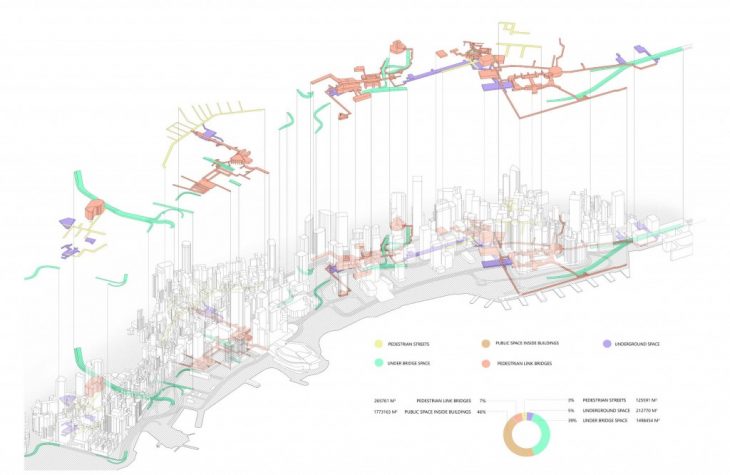
All types of public space were grades based how much light is inside using simple criterias:
open space, open space with a roof, space with big windows, space without windows and space under ground.
The result is that cloused spaces are predominate.
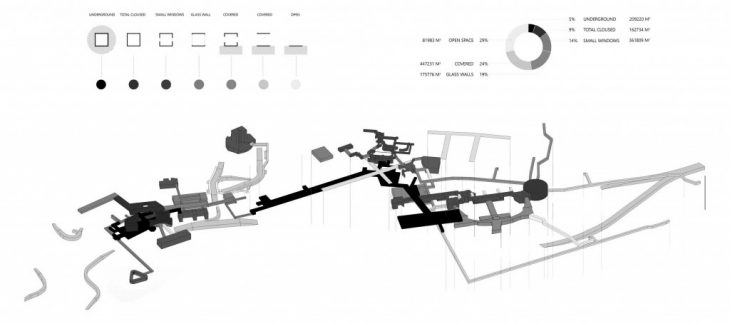
PROPOSAL/STRATEGIES
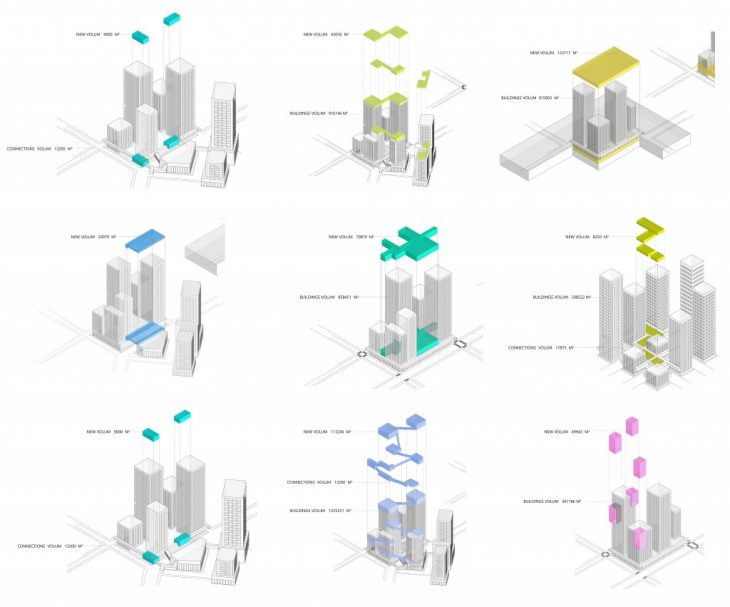
Students :
Adriana Cano Limarino
Jasser Salas